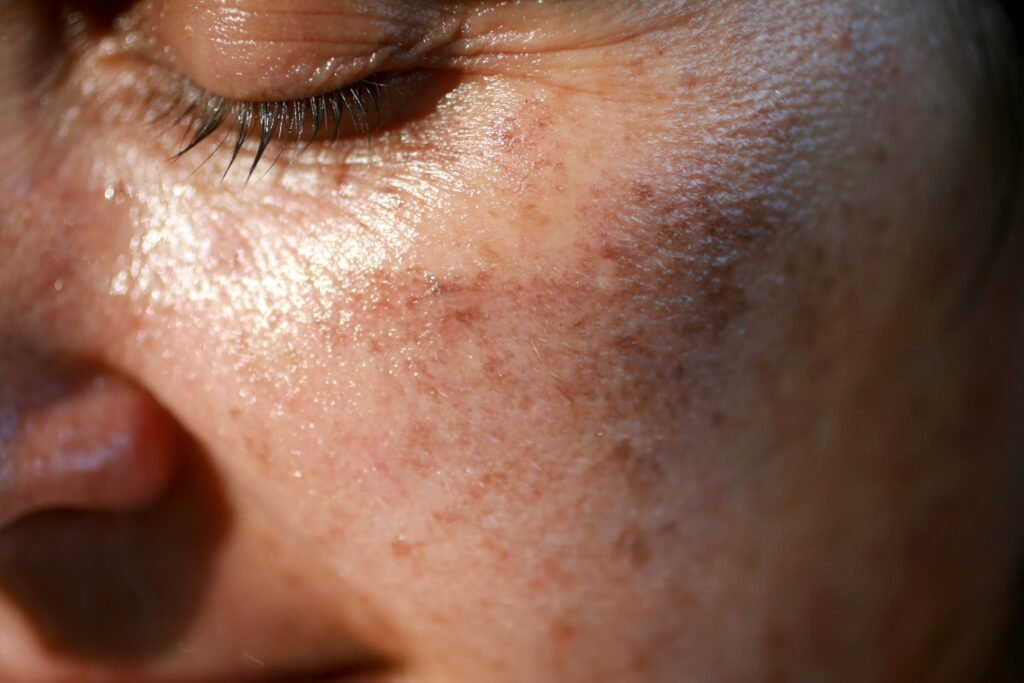Understanding the Impact of Environmental Factors on Dermatologic Health This Earth Day
April 22 is globally acknowledged as Earth Day, a reminder of our responsibility to the planet. With rising concerns about environmental health, it’s vital to explore how factors like climate, pollution, and urbanization affect skin conditions. Recent studies shed light on the complex relationship between our environment—both natural and built—and dermatologic issues such as atopic dermatitis, pigmentation disorders, psoriasis, and acne.
The Connection Between Traffic and Atopic Dermatitis
Research from National Jewish Health indicates that living further away from busy roadways can significantly decrease the risk of developing atopic dermatitis (AD). Findings reveal:
- Individuals residing over 1000 meters from high-traffic areas experience a 26.1% reduction in AD risk.
- For each unit increase in distance from a major roadway, there’s an 18.8% decrease in the likelihood of having AD.
This data underscores the importance of urban planning and its direct correlation with health outcomes. For more details, check the Journal of Allergy and Clinical Immunology.
Environmental Influences on Skin Pigmentation
At the 2024 American Academy of Dermatology Annual Meeting, Dr. Arianne Shadi Kourosh discussed how factors like visible light and pollution affect skin health:
- Visible Light: Deep penetration into the skin can damage DNA and lead to pigmentation changes, especially in darker skin types.
- Pollution: Airborne substances such as particulate matter and ozone can facilitate premature aging and the formation of pigmentation spots.
- Infrared Radiation: A significant factor in skin aging, it exacerbates pigmentation disorders like melasma.
Understanding these influences can empower individuals to take protective measures against skin damage.
Aging Skin: The Role of Sun Exposure and Pollutants
Jennifer Holman, MD, points out that both environmental pollutants and sunlight contribute to accelerated skin aging:
- UV Radiation: A primary culprit in accelerating skin aging, causing dark spots and wrinkles.
- Pollution: Urban environments expose skin to harmful pollutants, which can weaken skin cells.
Taking protective actions is crucial. For comprehensive insights, explore the article on environmental causes of skin aging.
Psoriasis and Environmental Triggers
A recent study illustrates a link between air pollution and psoriasis cases, suggesting the need for:
- Limiting outdoor activities during poor air quality days.
- Implementing strong skin protection measures.
Weather also appears to influence symptom severity. Here’s how different conditions can affect psoriasis:
- Cold Weather: Can trigger flare-ups due to low humidity.
- Warm Weather: High humidity and sunlight can bring relief.
For guidance on managing psoriasis, visit the National Psoriasis Foundation.
Urticaria and Environmental Factors
In patients dealing with urticaria, weather conditions can be critical:
- Extreme Temperatures: Both heat and cold can precipitate symptoms.
- Sun Exposure: High exposure may also trigger responses.
Recognizing these triggers can help in managing flare-ups effectively.
Natural Environmental Factors as Acne Influencers
Research indicates that natural environmental conditions play a crucial role in acne development, categorized into four pillars:
- Natural Environmental Factors: Temperature, humidity, sun exposure, and pollution.
- Socio-Economic Factors: Individual backgrounds can also contribute significantly.
- Social Environmental Factors: Community influences affect mental health and skin conditions.
- Built Environmental Factors: Urban planning affects exposure to sunlight and pollutants.
Being aware of these factors can aid in better prevention and management strategies for acne. For a detailed review, visit the article by Yang et al. here.
Summary
This Earth Day, reflect on the intertwined relationships between our environment and skin health. Educating ourselves about these influences can help foster healthier skin and encourage sustainable practices in urban planning. By recognizing and addressing environmental factors, we can improve not only our dermatologic health but also cultivate a healthier planet. For more in-depth studies and findings, explore the references provided throughout this article.


